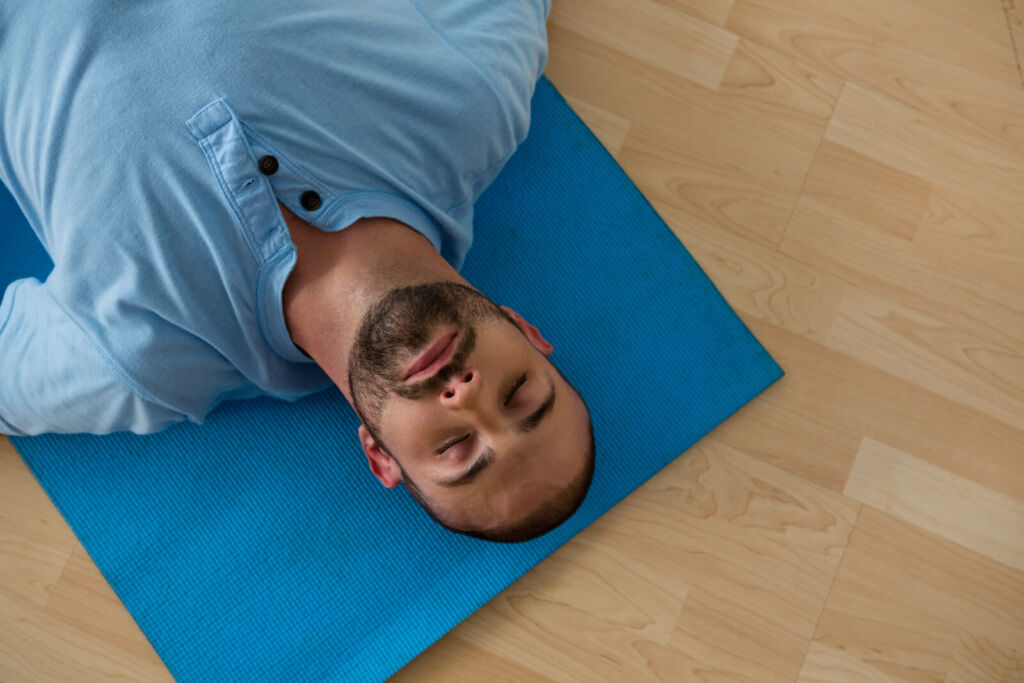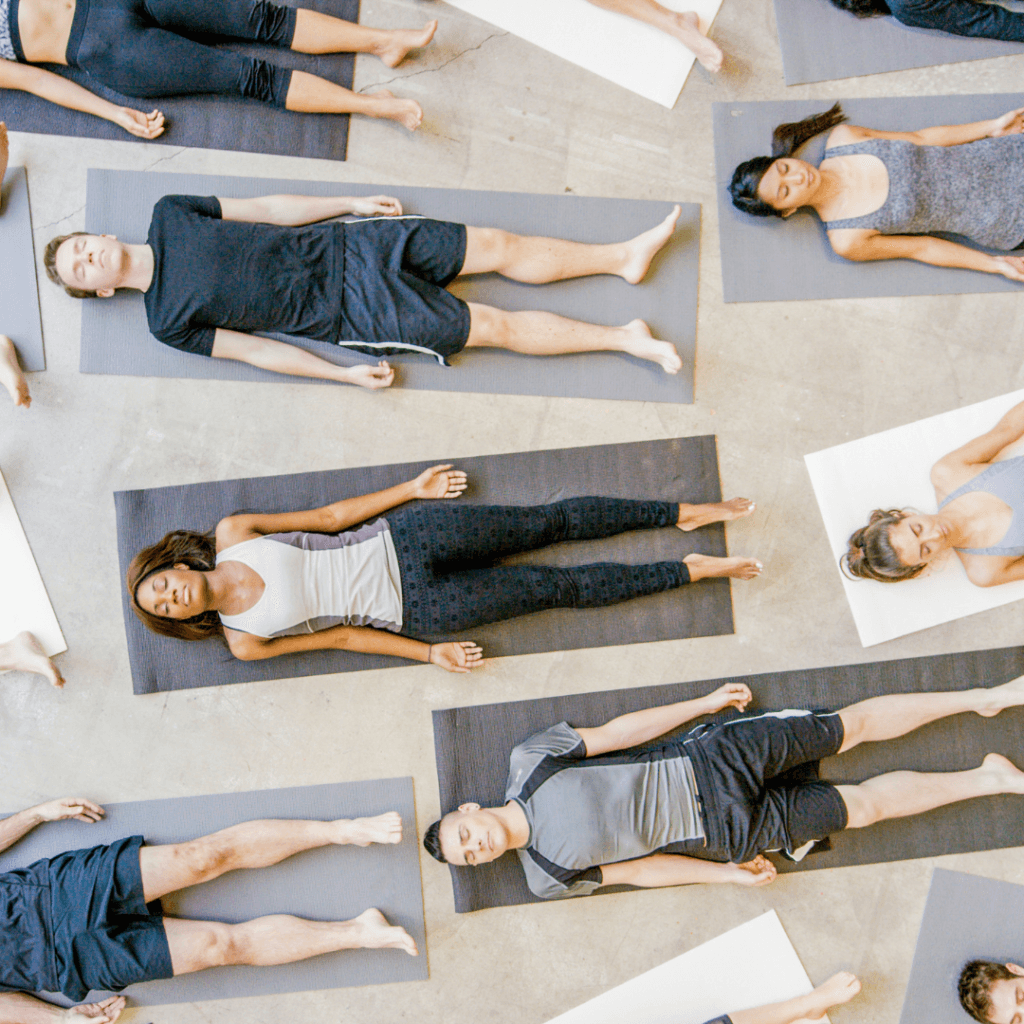Are you wondering, “what is Nidra yoga?” It’s the conscious state between waking and sleeping. Read on to understand the powerful benefits of Nidra yoga.
Like most people, I find it difficult to relax after getting caught up with the day’s demands. It’s a good thing I discovered yoga Nidra—a routine for relaxation and meditation that also improves general health and well-being. Yoga Nidra is essentially a guided meditation where yogis shift their consciousness between being awake and asleep.
This guide will walk you through the essentials of Nidra yoga and help you get started.
Yoga Nidra Explained
Yoga Nidra is a technique used to enter a hypnagogic state. It’s the thin borderline between being awake and asleep. Hence, Nidra aims to achieve the most profound extent of relaxation possible for the mind and body while still being conscious and mindful.
It’s possible through the process of pratyahara — the practice brings an individual’s attention inside, away from the world around them. A guided meditation will lead you through a series of steps to achieve mental and physical relaxation and get in touch with your inner self.
Practicing Nidra yoga long-term can relieve underlying traumas and provide immediate benefits for managing day-to-day stress. It allows its practitioners to enter a state of deep relaxation in which they can examine the five koshas or levels of their true selves. This practice is highly beneficial for an individual’s physical and mental well-being through the opportunity for self-reflection and discovery.
You might also be interested in learning about Reiki yoga.

Stages Of Yoga Nidra
What sets yoga Nidra apart from your regular meditation is that it follows a specific process.
Step 1: Get Comfortable
Breathing correctly is vital. Use breathing techniques to calm your nerves and ease stress. Start to turn inward, shifting your focus from the world around you to what’s happening inside you.
Step 2: Specify Your Intention Or Sankalpa
Decide what you want to achieve by forming a resolution, or Sankalpa. Construct a brief mental statement of what you hope to accomplish or bring into being in any area of your life.
Select the appropriate form of intention depending on your goals for the session. Some positive self-statements can be:
- I have found serenity
- I am focused
- I am strong and capable
- I empower others
- I can transform my life
Repeat your Sankalpa to yourself several times silently.
Step 3: Do Body Movements And Rotations
The following step entails carefully releasing tension in your body, usually beginning with the toes and working up to the face. You can do this by incorporating various yoga movements and body rotations.
This step also induces pratyahara, or withdrawal of the senses, in which we turn our attention inward rather than outward.
Stage 4: Be Aware Of Your Breathing
Being aware of your breathing enables you to retreat further from the outside world and induces a deeper level of relaxation. As you focus on your breathing, you’ll be more capable of tuning into your internal energy and sensations.
Step 5: Be Mindful Of Contrasting Feelings And Visualization
Try recognizing opposing sensations within your body, like heat and cold or pain and pleasure. This stage is pivotal in forming new neural pathways in the brain to aid in yoga Nidra.

Next, your guide will bring you through a series of visuals that may trigger archetypes or samskaras from your subconscious. You might be able to access a long-buried emotion or memory by visualizing one of these scenes.
By accessing repressed memories, you can learn from them while feeling calm and collected rather than in the tense condition that initially prompted you to bury them.
Step 6: Have Affirmation And Total Awareness
In the final stages of Nidra yoga, you enter a state of consciousness between sleep and wakefulness.
Revisit the Sankalpa you did at the beginning of the session to ingrain it in your mind. In the last phase, focus your attention on your breathing, body, and the space you occupy. You’ll gradually emerge from the semiconscious state into full awareness, thus ending the session.
If you liked this post, you might also enjoy our explainer on how does yoga help with stress.



